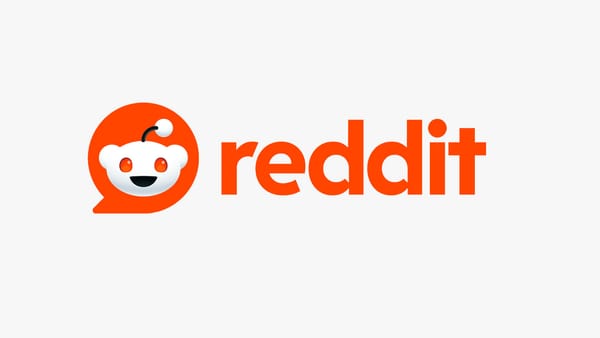Digital marketing is facing a seismic shift with the old methods of tracking media campaigns via cookies coming to an end. In this new privacy-first era, the question is how do you effectively attribute sales and revenue performance to your advertising spend? The new world requires a more strategic approach with no off the shelf solution on offer.
Fortunately, even in an era of increased anonymisation, it is still possible to understand the effectiveness of your marketing activity and make informed optimisation and budgeting decisions. With nearly two years until the full phasing out of third party cookies, there is a window of opportunity for digital marketers to test and learn a smart new approach.
From multi-touch to no touch?
The impact of the existing restrictions around third party cookie tracking is already having a significant impact on traditional Multi Touch Attribution (MTA). All marketing platforms use cookies to record touchpoints and use that data to attribute conversion credit accordingly. So everyone is impacted.
While Google has given a stay of execution for the elimination of third party cookies, there are already restrictions in both Safari and Firefox. Through both of these browsers, you are not able to properly assign credit to any impressions that a user would have seen. Once Chrome joins the cookie party, it really is the end game for multi-touch attribution in the way it is currently conducted. But is it game over for the model? Not necessarily.
How a new model can help you see ‘the invisible hand’
The big vendors like Facebook and Google are working on non-cookie based ways to track your various marketing touchpoints. They just won’t necessarily be at a user level anymore. Instead they will involve leveraging various modelling techniques to still give you a detailed view of how your advertising is performing.
To an extent, some of these features are already a function of many of the platforms today. Google uses Modelled Conversions to extrapolate the full user journey across all touchpoints by analysing known user journeys and applying these learnings to paths where their view is more restricted. This is enabled by leveraging signals such as location, device and time of day to model the missing touchpoints and provide a more complete dataset for your attribution model to measure.
And it is not just Google. All the big tech vendors are coming up with similar modelled approaches to help account for the missing signals that cookies used to provide. An example of this is Facebook’s Conversion API which uses server-side tracking to account for users who opt-out of marketing consent and minimise its impact on conversion reporting.
Bridging the walled gardens
However, the big vendors don’t really like to share data with one another. Therefore, in order to have a comprehensive, cross-channel view you will need to combine the learnings from various different walled gardens and create your own bespoke attribution solution.
It is important to note there isn’t a single solution that can effectively join the dots between Amazon, Facebook, Google etc (regardless of what various Attribution platforms may promise) and that there will inevitably be some gaps in what you are able to capture. However a bespoke approach will ensure there is complete control of what’s included and you will have the ability to update this as the industry evolves.
A golden window to build your new models
In my view, the direction we’re heading towards is a more modelled approach to Attribution. Facebook’s Project Robyn and Google’s Cookieless Attribution trials are applying regression techniques against granular touchpoint-level datasets to move away from a reliance on cookie data. However they still provide actionable campaign analysis against the entire user journey.
The good news is with Google’s delay in fully eliminating the use of third party cookies, there is a window of opportunity to really test these new models against real world data. It is very easy to run side by side comparisons and to see how accurate your modelled results compare to a cookie view. You can then use this to tweak your models so that once third party cookies eventually disappear you will continue to be able to measure accurately.
Back to the future: Leveraging MMM to support MTA
Another key component of the bespoke new approach lies with a mainstay of marketing that predated the digital world, Marketing Mix Modelling (MMM). This doesn’t rely on cookies or user-level tracking, and is also able to incorporate non-digital signals such as offline sales & marketing, seasonality, or competitor activity.
In this new more anonymised world, it is coming back in vogue with its ability to rely on econometrics to look at the border picture of spend on different platforms and ROI.
But it is not in itself a panacea and instead should be harnessed in tandem with MTA. The question you need to ask is how can you bring those two worlds together? To start with, it should be made clear that they each have distinct roles and do not replace each other – with MMM being more suited to a macro level view of marketing effectiveness and long-term decisions such as quarterly or yearly marketing budgets. Meanwhile MTA is more granular and is geared towards providing tactical insights and recommendations such as campaign optimisation and monthly budget shifts.
A nice analogy for this could be to view MMM as your annual health checkup to give you that overall, holistic view – whilst MTA is your tool to measure the day-to-day success of your health goals so that you can optimise your approach accordingly.
With the end of the cookie in sight it is essential the high level strategic thinking is put in now to really understand different media and what they can provide to your mix. Digital marketers now have a window or opportunity to build effective new models while their users are still visible. But the window is closing. The work needs to begin today.








